A gardener’s work is never done. Even though August is the high point for the summer vegetable garden, with ripe tomatoes and peppers, freshly picked corn and never-ending zucchini rewarding you for your hard work in the spring, it’s time to start thinking about what vegetables you want for fall.
Listed below are 12 edibles you can plant now that will extend your vegetable growing season well into the fall months if you don’t want the fun of growing your own food to end. Some, like carrots and radishes, are familiar spring options that will grow quickly and help fill in any bare patches left when you pull out your spent summer favorites. For others, such as kale and turnips, fall is the optimal planting time and frost is a plus. If you’re in a warm-winter climate, vegetables such as chard might even keep producing well into winter.
As you would expect, these are cool-season vegetables. And just as in the spring, there are certain growing conditions you need to take into account. If you live in a cold-winter climate, you’ll need to plant so most of these can be harvested before the first frost, rather than planning your planting time for after the last frost. If you live where frost may come as early as September, you will want to look for varieties that mature quickly or transplants.
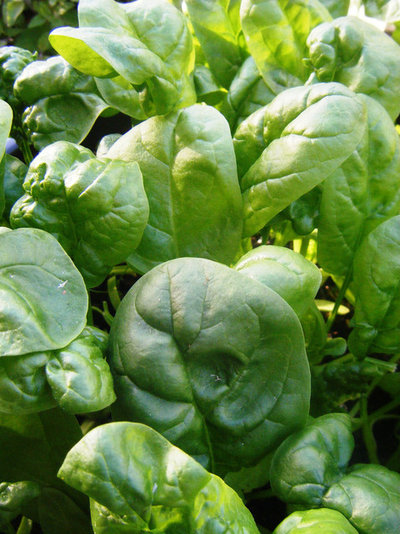
You also won’t need to wait for the soil to warm up. Instead, you’ll want to be sure that the soil isn’t too hot for seeds and seedlings and be sure they get plenty of water. High temperatures and direct, hot sunshine might also fry these plants, so give them some shelter until they are firmly settled in and the weather is cool.
SpinachFall is the perfect time to add leafy greens to the menu, and spinach is the perfect fall green to include in your garden. Choose between the flat-leaf and crinkly types, or plant a mixture. It can be harvested within a month, so if your first frost date is later in the season, sow or set out transplants every two weeks to extend the crop.
Learn more about growing spinach
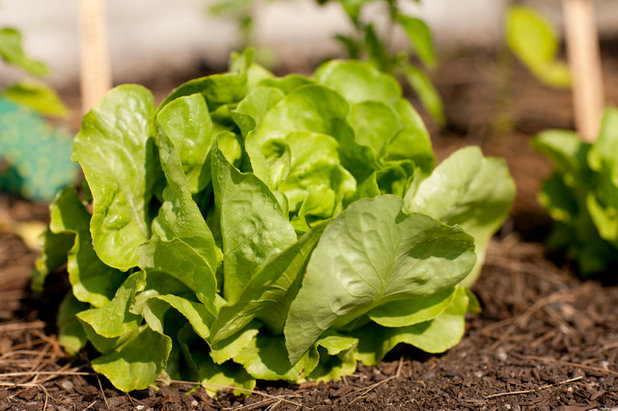
The New York Botanical Garden
Lettuce. Lettuce quickly bolts in warm weather, which can make putting together that summer staple, the BLT, problematic. But plant it again in the late summer, preferably where it will be a change, and you’ll have another crop in time to pair the leaves with your late-ripening tomatoes. You’ll also have plenty for fall salads.
Learn more about growing lettuce
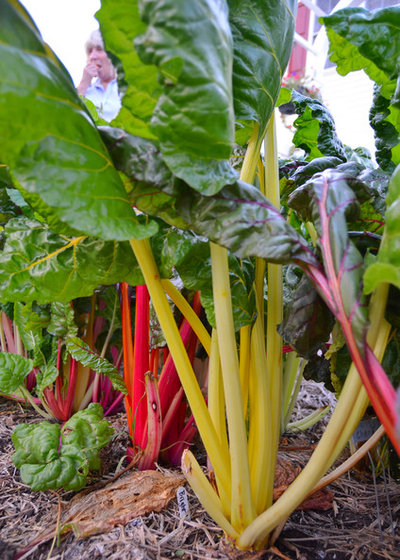
Amy Renea
Chard. While hardy chard may have survived the summer heat to provide you with some leafy greens, adding more to your garden will give you a beautiful crop for a fall harvest if your current plants are fading or have been completely used up. Plant it earlier rather than later for the most prolific crop (except in warmer climates, where chard may very well last until spring). And choose some variety: Green is good, but yellow, red and purple will mix well with other fall colors.
Learn more about growing chard
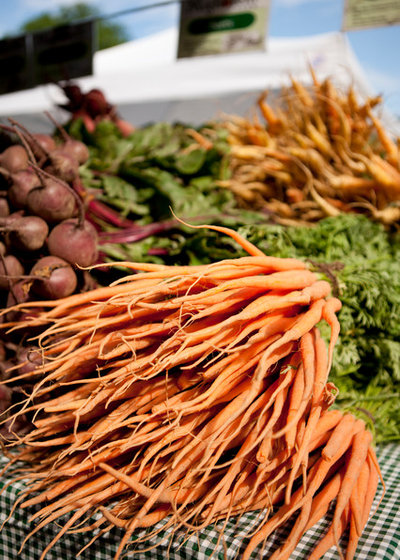
The New York Botanical Garden
Carrots. Perhaps Peter Rabbit loved carrots because they were always available and always tasty. Sow seeds every couple of weeks (carrots do best when not transplanted), and you’ll be able to enjoy their fresh flavor on a continuing basis. You can even pair them again with home-grown lettuce.
Learn more about growing carrots
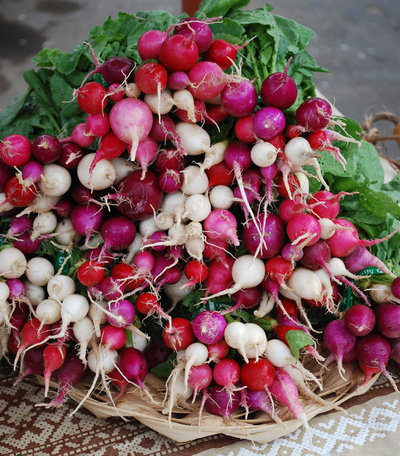
Jocelyn H. Chilvers
Radishes. Radishes are another fast grower, perfect as garden fill-ins. You can start harvesting some varieties almost immediately, and they’ll add a sharpness to your culinary creations that seems to mimic the crispness of the fall air. Plant a variety and sow seeds every two weeks to ensure a continual crop.
Learn more about growing radishes
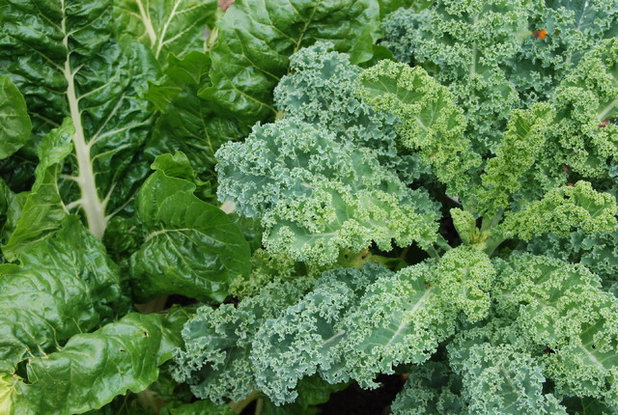
Paintbox Garden
Kale. Kale loves fall and winter. It thrives with frost and even loves the snow, tasting better and better the colder it gets. Best of all, it’s highly ornamental, adding some color and liveliness when the rest of the garden is starting to fade. Plant this superfood where you can enjoy its great looks.
Learn more about growing kale
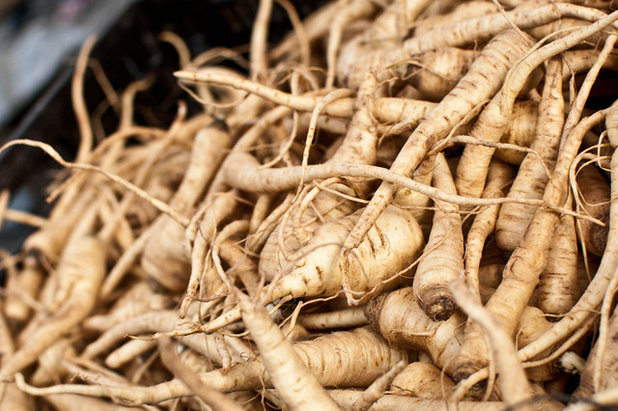 Parsnips.
Parsnips. Parsnips are the classic fall root crop. While they’re often often overlooked, they’re sweetly creamy and good on their own or mixed with turnips or potatoes. They’re even sweeter if you wait until after the first frost to harvest, something that can’t be said about too many other vegetables.
Learn more about growing parsnips
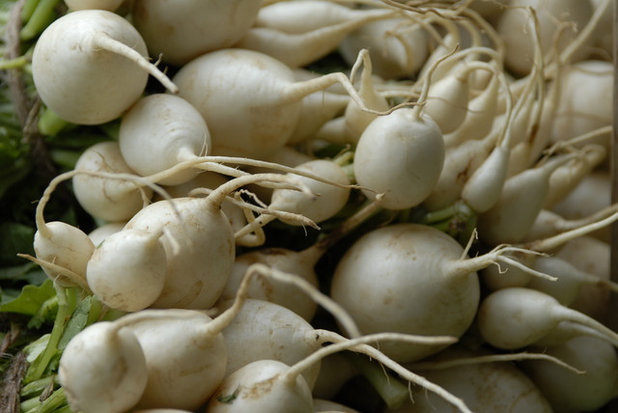
The New York Botanical Garden
Turnips. Turnips are yet another crop that’s best after it’s hit by some frost, making fall the prime planting time. They’re a staple in many a cook’s fall repertoire, and their leafy greens can even be harvested before the frost hits. As for the turnip roots, just be sure you pick them before they’re too large.
Learn more about growing turnips
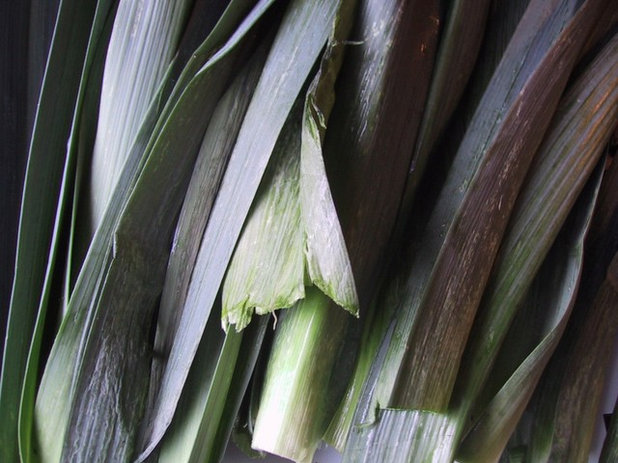 Leeks.
Leeks. Members of the onion family do well in colder weather, and leeks are no exception, relishing the cooler fall climate. However, unless you live in a warmer climate, you’ll need to plant them quickly; they need at least three to four months to mature. Still, they do like the cold, so it may be worth giving them a try, if only for the flavor they’ll add to your holiday dishes.
Learn more about growing leeks
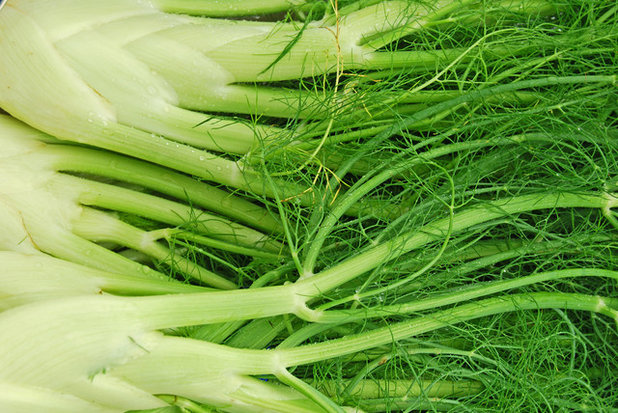 Fennel.
Fennel. Fennel is one of those vegetables that many people aren’t quite sure what to do with. But this classic Italian staple is a fall standout. The beautiful leafy foliage is a nice foil to the harder edges of other garden favorites, such as kale and leeks.
Gardeners in warm-winter climates will have the most success with these plants, as leeks like long stretches of cool weather and mild winters.
Learn more about growing fennel
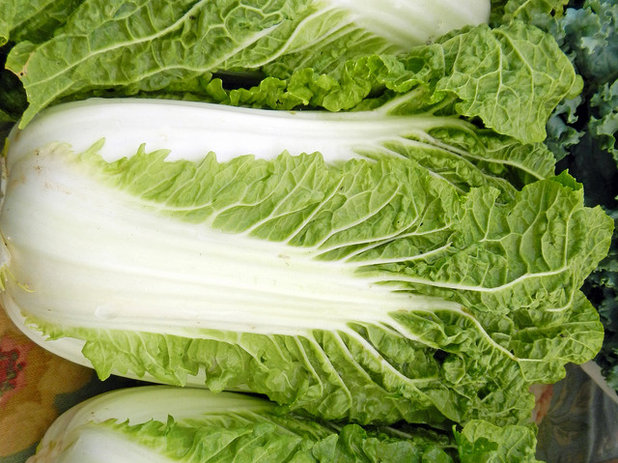 Chinese cabbage.
Chinese cabbage. Chinese cabbage is less fussy than regular cabbage and perfectly happy when the weather is cooler. Choose from Napa cabbage or pak choy (bok choy), or try the two of them together. In colder climates look for varieties that have a shorter maturation date, around two months.
Learn more about growing Chinese cabbage
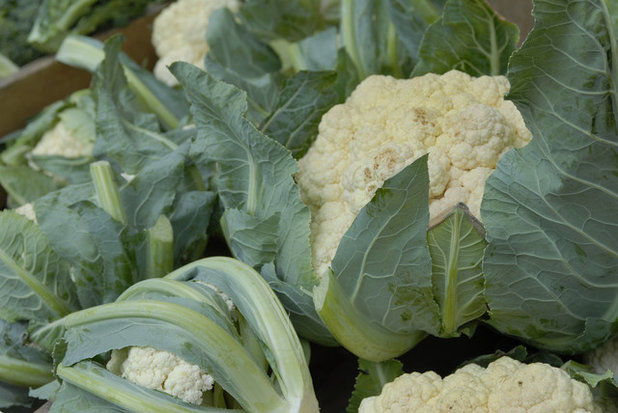
The New York Botanical Garden
Cauliflower. It’s not always easy to grow cauliflower, as it’s fussy and prone to pest and diseases, but if you’re willing to give it a try, it’s a pretty plant whose edible head will be a welcome addition to your dining room fare. Plant cauliflower by midsummer in cold-weather climates and by late summer where winters are milder.
Learn more about growing cauliflower | Houzz guides to growing the top cool-season crops
Tell us: What are you planning to grow next?





